Iain Sinclair is leaving London — like the croakiest of the ravens taking flight from the Tower. It is a proper blow: across five decades, he has been prowling the streets, part poet, part satirist, part prophet. Very few authors have fashioned a London more real than the one we see: Dickens, Conan Doyle, Patrick Hamilton, Angela Carter. Sinclair is firmly among them. While his contemporary Peter Ackroyd understands London as a city of eternally recurring patterns and echoes, Sinclair sees something more malign and gangrenous: forces that endlessly conspire to bend perception and bleach the streets of their real meaning.
Oh: and he is also extremely funny. Here in this brilliant, crackling series of final walks through the London landscape, he finds the dissolving identity of the city increasingly disconcerting. Visitors to the boutiques of once-sparse Shoreditch, arriving by London Overground, are observed flintily. ‘It was party time for cross-town transients, intersex retail vamps delivered by the Ginger Line,’ writes Sinclair. ‘High end schmutter pits offered unticketed minimalist stock — two shirts, one cardigan — on naked tables for a business-class customs inspection.’
His account of a swim in an exquisite blue infinity pool in a hotel high up in the Shard, looking down on the city, is wonderfully uneasy (uncalled-for flashbacks to 1950s council bath ‘floating impurities’ — now he is the impurity). He is certainly not curmudgeonly about it — ‘this is the place to sell your soul’ — but the invasive nature of this building on the skyline is seriously aggressive. ‘The Shard is an implanted flaw in the eye. It moves as we move, available to dominate every London entry point.’ More, this ‘ice dagger’ is ‘the latest clone, pushed to the point of absurdity’ of the white stone pyramid in the churchyard of Hawksmoor’s St Anne’s. Devotees of Sinclair know that long before Peter Ackroyd, he had marked out sinister lines of occult energy — maps festooned with pentangles — between the Hawksmoor churches in the east.
In terms of other recent distorting developments warping old spiritual alignments, no one has been consistently ruder about Canary Wharf than Sinclair (‘Rubik cube towers…rising on the toxic compost of deregulated financial markets’). Or indeed about the Olympic Park (‘Everything is pop-up. Nothing is true… a curtain of fog on to which anything could be projected’).
By contrast to the Shard’s infinity effort, Haggerston Baths, a long-closed Edwardian landmark close to Sinclair’s Hackney home, is a quieter tale of the sharp extinction of soulful local oases, focuses of warm community memory. Sinclair looks around the empty building and recalls the 1970s when he swam ‘as through a flooded cathedral’. Now, ‘shivering phantoms stand before empty mirrors in tiled washrooms where thick taps leak coal dust’.
He delves deep into the earth too, catching up on the amateur tunnels of the late William Lyttle, the ‘Hackney mole man’ who some years ago dug an illegal and inexplicable and frightening labyrinth beneath his house in De Beauvoir Town; the oligarchs of Kensington, burrowing down to create velvet-lined cinemas, have followed the same impulse. The craze, Sinclair notes, has spread to Finsbury Park, with attendant local protests against basement conversions. But since the ‘epidermis of the city is so heavily policed,’ so too will spread the urge to explore ‘forbidden depths. A Wellsian subtopia without maps or frontiers.’
And on the day that Donald Trump is elected, Sinclair walks to Barking. It is the ‘where-next for the dispossessed of Hackney’. It should really be, says Sinclair, ‘a great location for mystics and desert saints’. Not much use to luxury flat developers though. The River Roding will need ‘electro-convulsion resurrection not regeneration’. In the darkness of that November afternoon, he negotiates an elusive path through Little Ilford past a gasholder, a pylon, a miserable grey-grassed field, leading to a slender pedestrian bridge over the six-laned roar of the North Circular which delivers him to un-regenerated Barking. ‘I love it,’ he declares.
But the formerly entropic streets of Limehouse and Bethnal Green, which once snarled with devil dogs and were garnished with ‘George Davis is Innocent’ graffiti: might Sinclair himself be a little bit to blame for their vanishing? After all, from White Chapell, Scarlet Tracings (1987) to Downriver (1991), he has been the one making the east sound so gothically juicy, drawing in crowds of young acolyte psychogeographers. Sinclair once noted wryly that anywhere he ‘nominated’ soon became an estate agent vision of luxury lifestyle.
His transposition to Hastings — here on a joyously bizarre group walk with musicians and poets pretending to be peasants retracing King Harold’s march from London to the coast — is a dizzying evocation of a Brexit-drunk landscape, from Thomas Becket to Doctor Who. A possibility seems held out: new post-London visions to be explored. In the meantime, he quotes John Evelyn: ‘London was, but is no more.’ Should the rest of us Londoners pack up too?
Got something to add? Join the discussion and comment below.
Get 10 issues for just $10
Subscribe to The Spectator Australia today for the next 10 magazine issues, plus full online access, for just $10.
You might disagree with half of it, but you’ll enjoy reading all of it. Try your first month for free, then just $2 a week for the remainder of your first year.

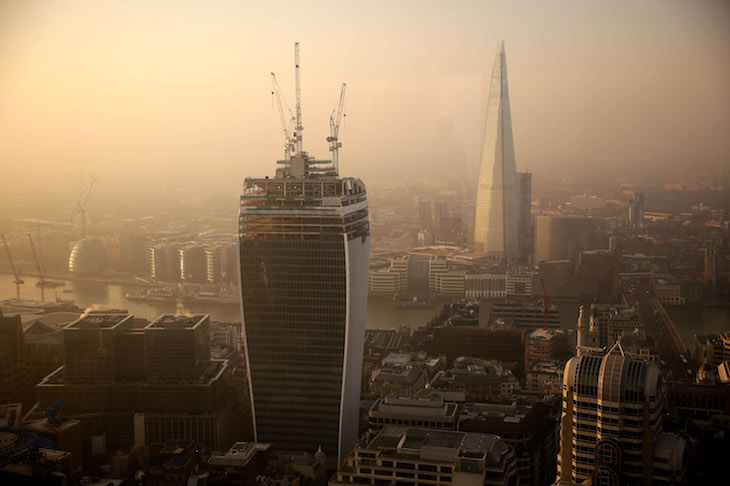

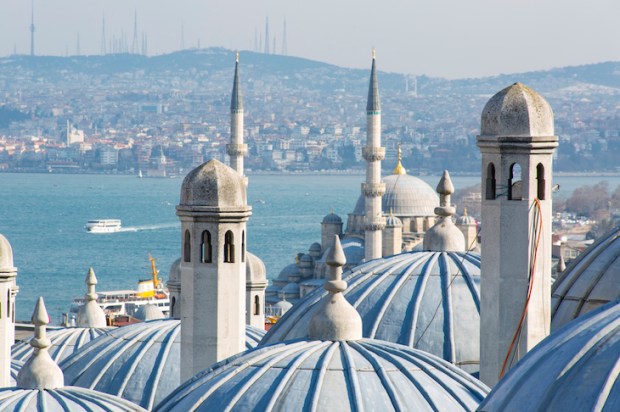
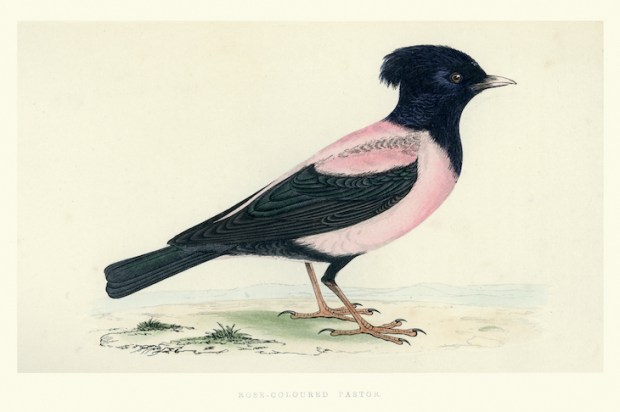
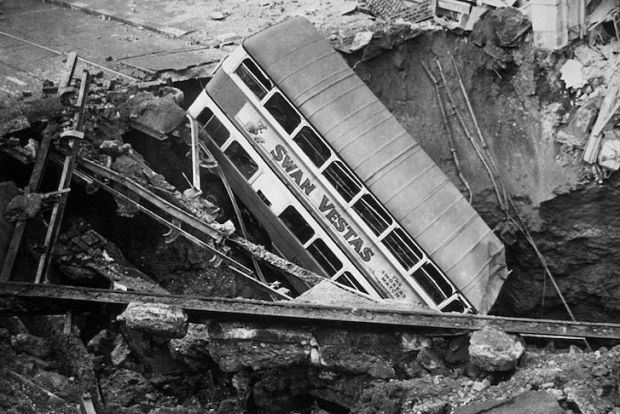
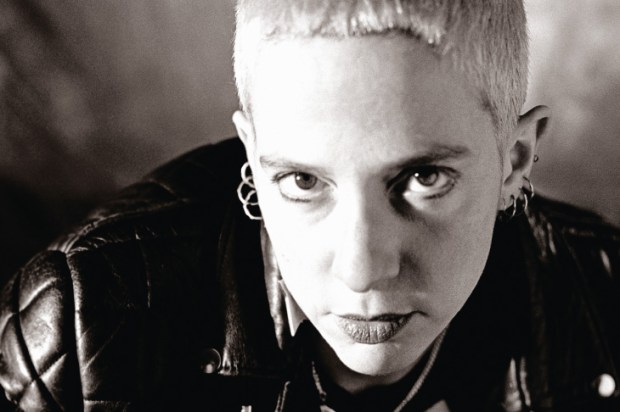
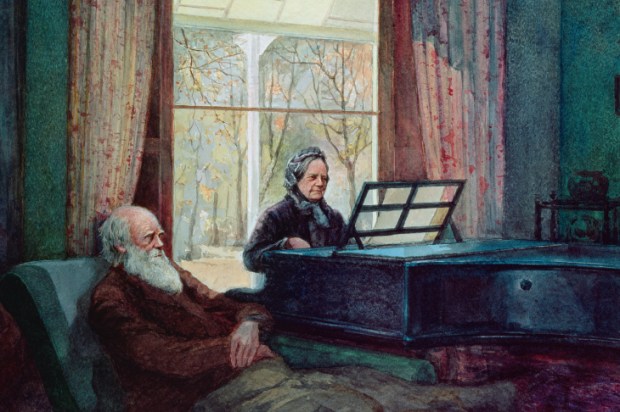






Comments
Don't miss out
Join the conversation with other Spectator Australia readers. Subscribe to leave a comment.
SUBSCRIBEAlready a subscriber? Log in